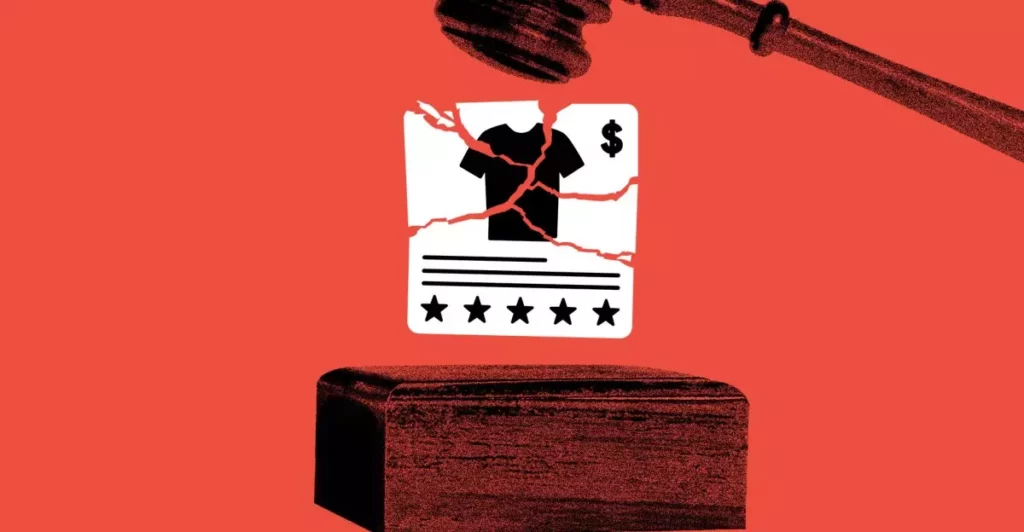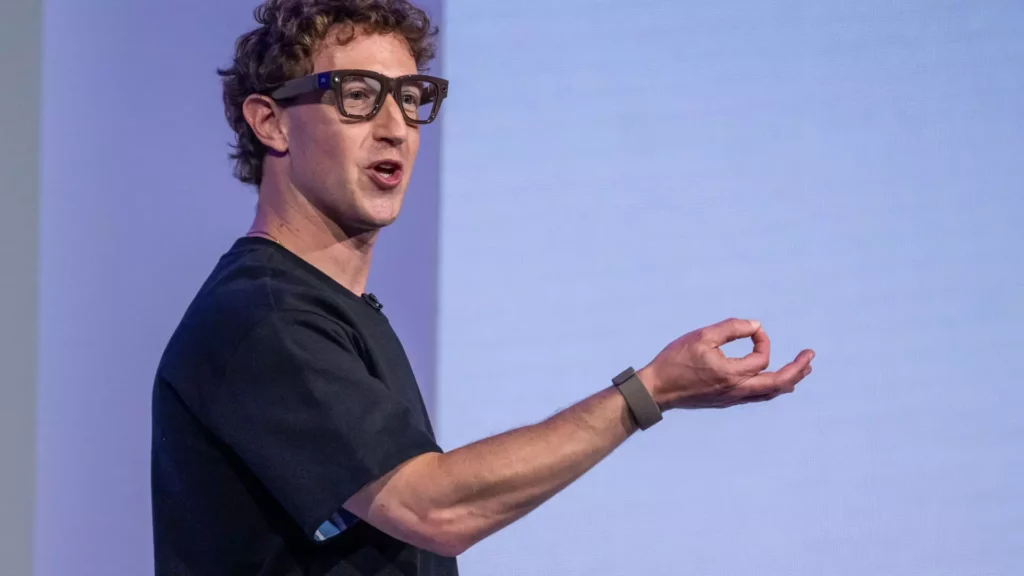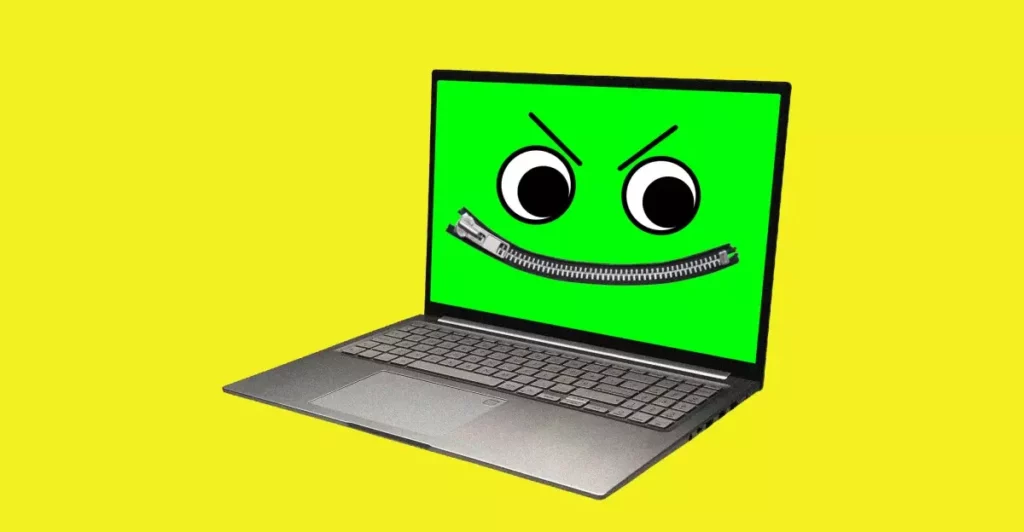Sonos’ recent leadership changes and strategic promises shine with optimistic ambition, but a harsh reality lurks beneath the surface. The company, historically revered for its pioneering in home audio technology, risks banking too heavily on its past reputation. Many consumers now view Sonos as a brand that’s lost its cutting edge, hampered by internal turbulence and public missteps. While new CEO Tom Conrad’s intentions appear genuine, assuming that loyalty alone will carry the brand through its current crises is overly optimistic. Disillusioned customers, burned by buggy updates and compromised features, are less inclined to forgive superficial apologies. Unless Sonos demonstrates substantial technological innovation and a laser focus on consumer needs, it may merely trade on nostalgic goodwill without addressing the core issues that alienate its user base.
Failure to Address a Culture of Short-Term Fixes
A recurring pitfall for companies in trouble is the temptation to settle for quick fixes rather than systemic reform. Sonos’ response following its app collapse was reactive—rolling out patches, issuing apologies, and then moving on. This approach creates an illusion of recovery but fails to confront deeper organizational flaws. Such superficial efforts often lead to a cascade of future crises, as underlying processes—like quality assurance, user testing, and product development mindset—remain unaltered. Conrad’s emphasis on agility and smaller teams could be beneficial, but unless this restructuring transforms the company’s culture into one committed to long-term quality over expedient releases, it risks repeating its past mistakes. Confidence in a brand that repeatedly stumbles will diminish unless concrete, sustainable changes are implemented.
Strategic Overreach and Overemphasis on High-Tech Innovation
While embracing industry trends like smart home integration and AI-driven personalization is essential, there is a danger in overpromising the “next generation of experiences.” Sonos’ desire to evolve into an ecosystem of immersive, personalized environments may stretch its resources thin, especially if it neglects existing user priorities. Corporations that chase the shiny new tech often neglect the fundamentals—reliable hardware, intuitive interfaces, and consistent user satisfaction. Conrad’s vision, though inspiring, may appear overly ambitious if not grounded in pragmatic execution. A rush to deliver “revolutionary” features risks alienating less tech-savvy users or diluting the company’s core competency: superior, reliable audio devices rooted in a straightforward user experience.
Ignoring the Political and Industry Contexts That Shape Consumer Preferences
In a competitive, rapidly evolving market, external influences like regulatory shifts, global supply chain issues, and evolving privacy standards cannot be ignored. Sonos has historically positioned itself as a premium, ethically-conscious brand with a focus on quality. Yet, rising costs and political pressures could squeeze profit margins and limit innovation. Failing to adequately navigate these external challenges will impede any strategic reinvention. Conrad’s focus on internal restructuring and innovation must be complemented with a keen awareness of these broader macroeconomic factors; otherwise, the company’s efforts risk being hamstrung from above, not just from within.
The Risk of Losing Sight of the Core Audience Amid Aspirational Goals
In its desire to become a cutting-edge ecosystem, Sonos must be cautious not to forget its most loyal customers—those who value simplicity, reliability, and excellent sound quality above all. Pushing boundaries through complex integrations and AI features can alienate those who prefer straightforward, dependable products. Conrad’s leadership must strike a delicate balance: innovate boldly without turning away the very customers who made Sonos successful. This requires humility and restraint, qualities not always associated with aggressive innovation drives.
Sonos’s path forward hinges on its ability to critically address its shortcomings without falling into wave after wave of superficial changes. A leadership committed to authentic reform, emphasizing quality over expediency, and frankly engaging with external obstacles has the potential for genuine transformation. Conversely, if the company succumbs to hubris and overconfidence, it risks becoming another relic of bygone innovation—an industry veteran clinging to its legacy while falling behind more daring competitors. The question remains whether Sonos can reconcile its storied history with the ruthless demands of modern technology markets, or whether it will become yet another cautionary tale of overreach and missed opportunities.









Leave a Reply